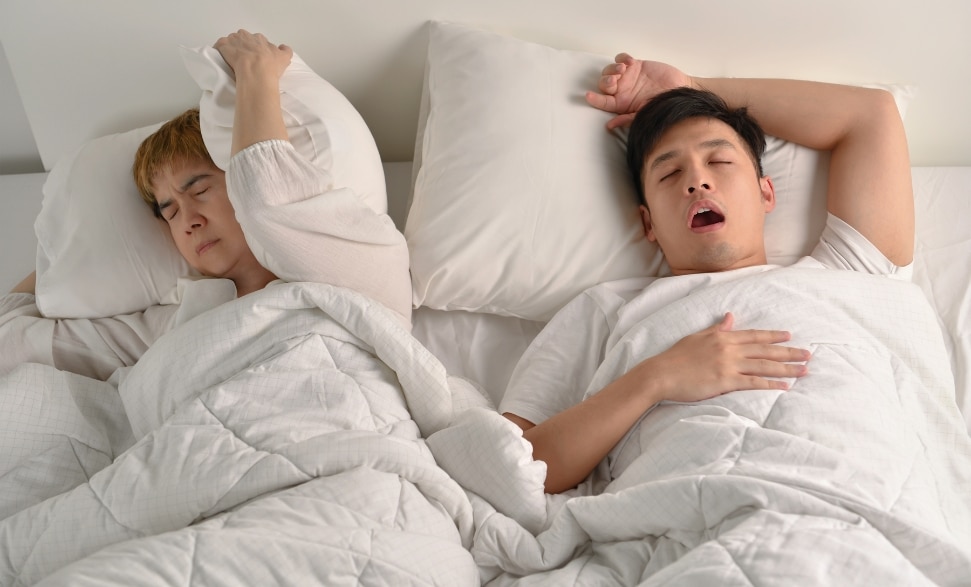Everything You Need to Know About Sleep Apnea Treatments

Do you find yourself constantly tired despite spending the recommended 7-9 hours in bed each night? If so, you might be one of the millions of people worldwide dealing with sleep apnea. It’s a condition where breathing repeatedly stops and starts during sleep. The good news is that effective treatments exist to alleviate this disruptive sleep disorder. In this comprehensive guide, we’ll walk you through the intricacies of sleep apnea treatment. Also, we’ll help you make an informed decision for a better night’s sleep.
Understanding Sleep Apnea
Before delving into treatment options, it’s crucial to understand the two primary types of sleep apnea: obstructive sleep apnea (OSA) and central sleep apnea (CSA). OSA occurs when the muscles at the back of the throat relax excessively, causing a temporary blockage of the airway. On the other hand, central sleep apnea involves the brain failing to send the right signals to the muscles responsible for controlling breathing. Knowing which type you have is essential for tailoring an effective treatment plan.
Common Sleep Apnea Treatments
Continuous Positive Airway Pressure (CPAP)
The most common and effective treatment for moderate to severe OSA is CPAP therapy. A CPAP machine delivers a constant stream of air through a mask, preventing airway collapse. Modern machines come with various features to enhance comfort, making adherence to sleep apnea treatment in Hugo, MN, more manageable.
Bi-level Positive Airway Pressure (BiPAP)
Similar to CPAP, BiPAP also uses a mask, but it adjusts the air pressure based on your breathing patterns. This can be beneficial for individuals who find it challenging to exhale against the constant pressure of a CPAP machine.
Adaptive Servo-Ventilation (ASV)
ASV is designed for treating CSA and complex sleep apnea syndrome. It adjusts the pressure support based on your unique breathing patterns, ensuring a more natural and comfortable breathing experience.
Oral Appliances
These devices, often recommended for mild to moderate OSA, reposition the jaw and tongue to keep the airway open. While not as effective as CPAP, they can be a more comfortable alternative for some patients.
Choosing the Right Treatment
The key to successful sleep apnea treatment in Hugo, MN, lies in choosing the option that aligns with your specific needs and lifestyle. Consider the following factors:
Severity of Sleep Apnea
The severity of your condition, as determined by a sleep study, plays a crucial role in selecting the most appropriate treatment. CPAP is generally the go-to for moderate to severe cases. On the contrary, milder cases may benefit from potential alternative options.
Comfort and Adherence
It’s essential to choose a treatment that you can comfortably adhere to. If you find wearing a mask uncomfortable, an oral appliance or positional therapy might be more suitable for you.
Lifestyle Considerations
Assess how treatment aligns with your daily life. If you travel frequently, a portable device or an easily transportable treatment option may be preferable.
Cost and Insurance Coverage
Investigate the cost of each treatment option and check your insurance coverage. While CPAP machines are often covered, other treatments may have varying levels of coverage.
In the pursuit of a good night’s sleep, understanding and choosing the right sleep apnea treatment is not just a medical decision but a lifestyle transformation. Your journey towards restful nights and improved overall well-being begins with the knowledge and insights shared in this guide. As you navigate the sea of sleep apnea treatments, it’s crucial to recognize that the right choice is a personal one. What works for one person might be a better solution for another. Remember, quality sleep is not just a luxury; it’s a fundamental pillar of a healthy life. Sleep apnea, if left untreated, can have profound implications on your physical and mental health.



